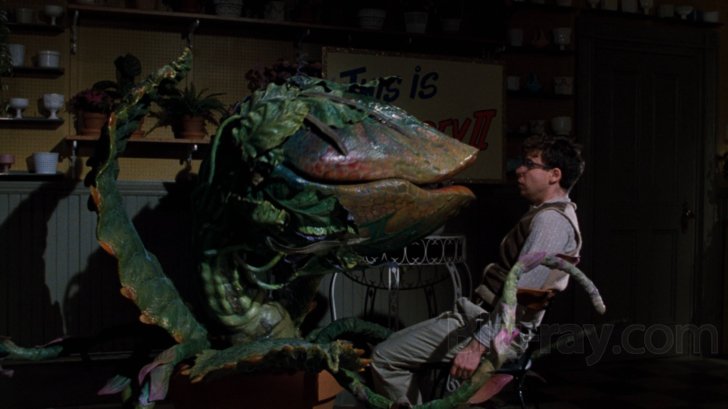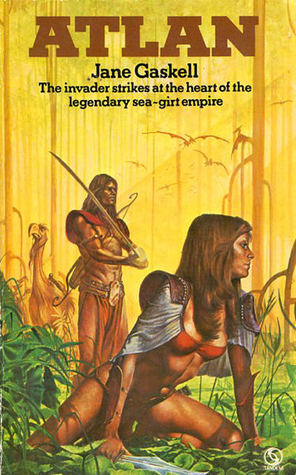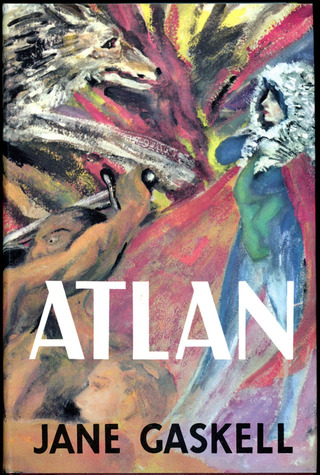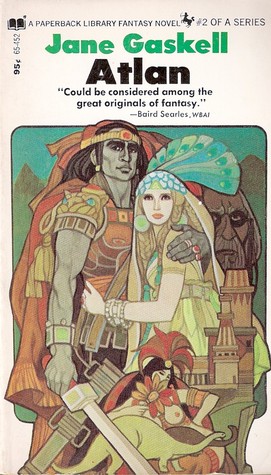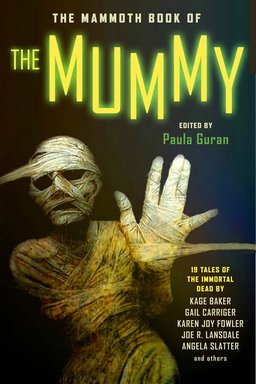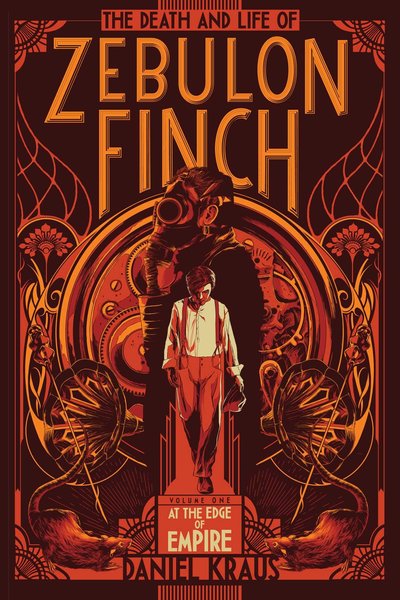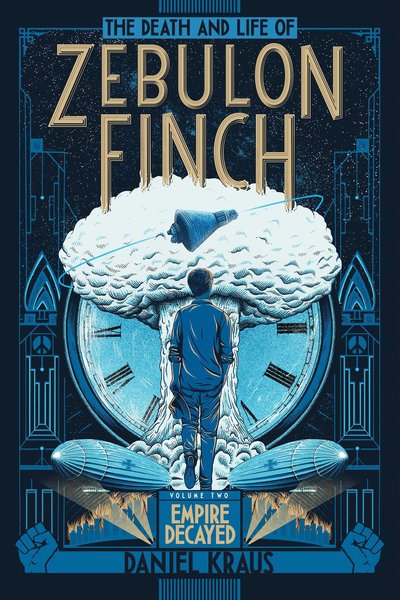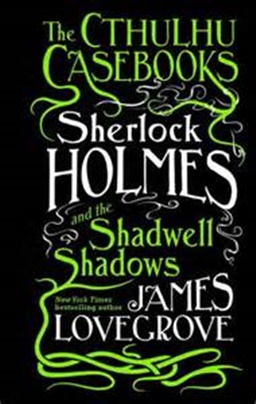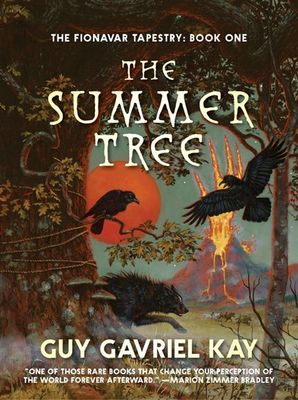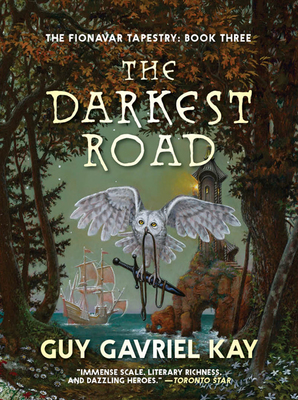Belated Movie Review #8: A Correlation of Certain Musical Contents
My last belated movie review “Towards a Unified Theory of Hudson Hawk” ruffled feathers and inspired what the political class calls ‘spirited debate.’ However! I made the following statement in that review :
Is there any movie genre so thoroughly degraded as the musical? Where once they roamed the Theater Landscape in thunderous, glittering fabulous herds, their numbers are now constrained to a few preserves in boutique dinner theaters, and I suppose, the breeding program that is Glee. Oh sure, a few attempts to re-introduce them to the wild have happened, ending tragically vis-à-vis Moulin Rouge.
It has come to my attention that I made a woeful error (some might even say a merciful deletion) of omission! My sin is compounded by the fact that there was a great and grand musical, that it had a plethora of 80s stars, and it was a sci-fi, and a re-make to boot! I refer, of course, to 1986’s Little Shop of Horrors, itself a remake of the 1960 Roger Corman film of the same name.
I’m not sure how I could have forgotten this. Rick Moranis, Bill Murray, Steve Martin, and with Martin Robinson spearheading ever increasingly complex puppetry/animatronics that would make Jim Henson blush!
